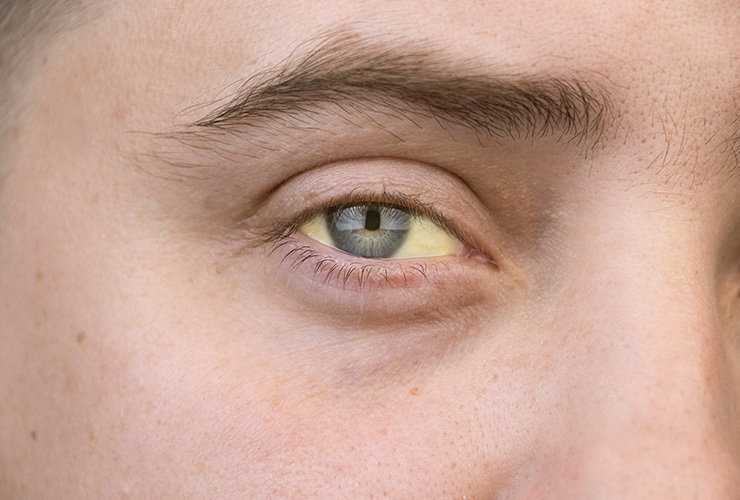

Symptoms
If you have ever had Jaundice or have seen a person with Jaundice, you may know that the most common symptom of this condition is yellow pigmentation of your skin and even the whites of your eyes under worsening conditions.
Diagnosis
The doctor will diagnose the disease with the physical examination of the patient mainly, and he may even take some blood tests. There could be some imaging test to help in the diagnosing process. Medical imaging tests like MRI, ultrasound and CT are used to diagnose Jaundice.
If the patient is also suffering from bile duct obstruction, it is essential to perform more diagnostic processes to evaluate the affected area correctly.
Treatment
The treatment of the Jaundice will depend on the exact reason for the Jaundice. If the person has biliary duct obstruction, there are many options presented. The doctor may sense the need for surgery to clear out the blockage. There is also the use of medical imaging techniques to treat Jaundice.
If Jaundice is linked with biliary obstruction, minimally invasive techniques will be put in use. The primary minimally invasive procedure will involve the introduction of percutaneous Transhepatic biliary drainage. In this process, a catheter is placed across the narrowed duct, and it connects the duct to an external bag to allow the drainage.
In some cases, a stent is placed by the interventional radiologist to allow the biliary duct to remain open without needing a catheter. There are also some cases in which a physician will do a separate process, called percutaneous biliary dilatation. In this process, a section of the bile duct is stretched by using a balloon to help the physician in the insertion of a stent.
Dr Nikolas Charalambous is named among the most prominent interventional radiologist. Get a free consultation for a minimally invasive treatment of brain, neck, and spine.